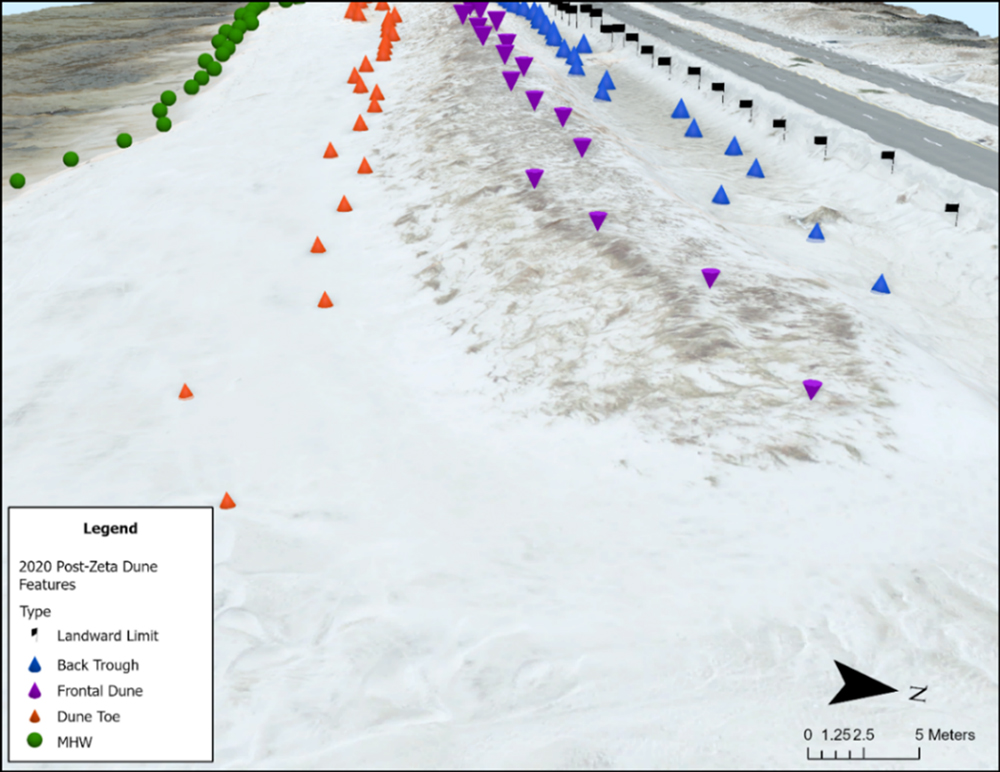By leveraging remote sensing data already collected across the enterprise, this project will deliver cost-effective methods for assessing NBS functionality over time. The resulting metrics will guide better project design, reduce uncertainty, and support long-term sustainability of NBS in the Civil Works mission. Practitioners will gain tools and confidence to monitor, adapt, and justify the use of NBS as viable engineering solutions.
Partnerships & Collaboration
This cross-lab initiative is led by ERDC’s Coastal and Hydraulics Laboratory, with support from the Environmental Laboratory. The project team will collaborate closely with USACE Mobile District and other District partners to select and analyze case studies, ensuring products are responsive to real-world needs. Partnerships also include data coordination with NOAA, USGS, and other federal agencies.




